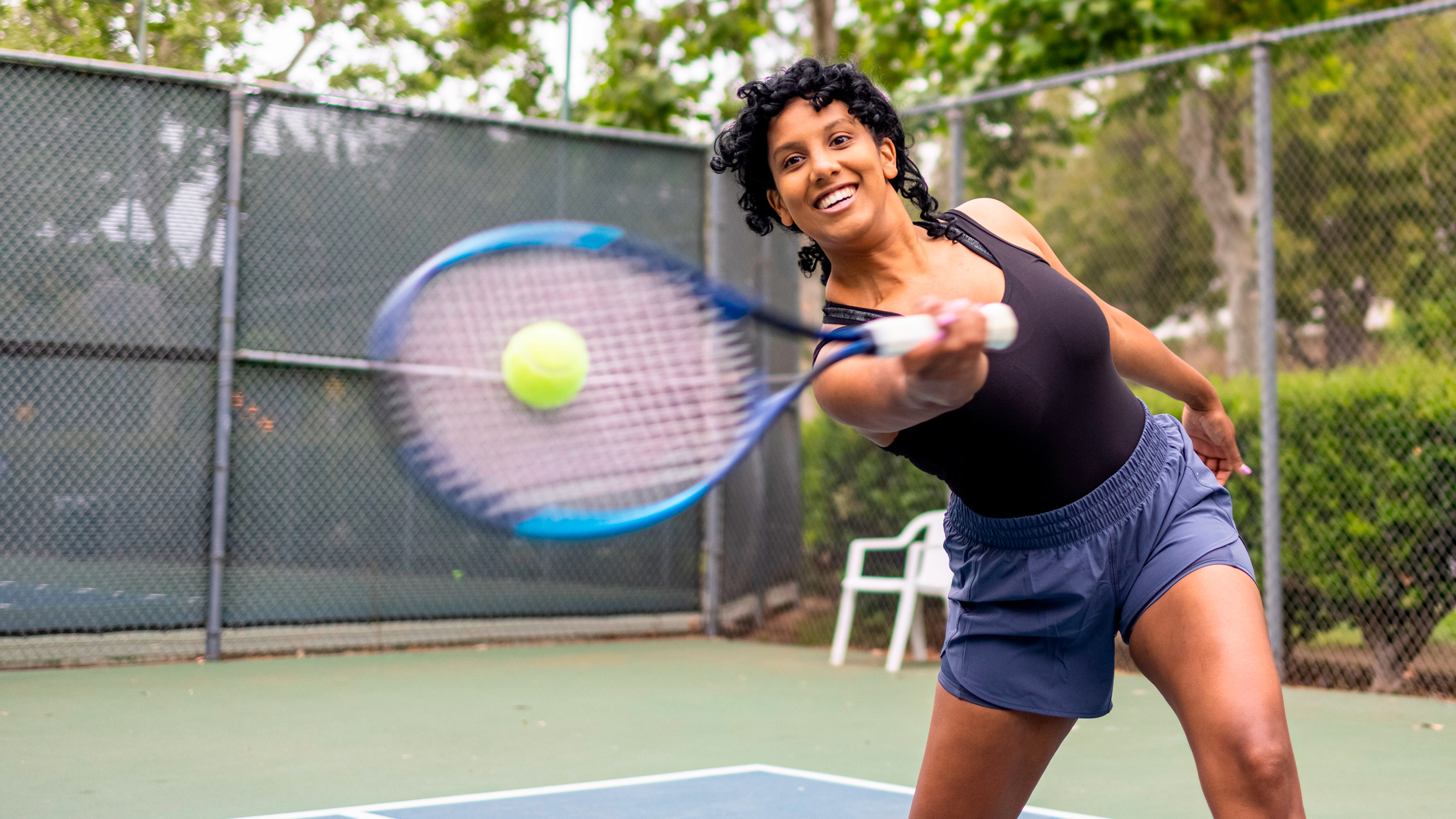The top 4 most common mistakes that you’re making on the rowing machine - and how to fix them
We get the lowdown from rowing athlete Sera Moon Busse


Rowing is one of the best low-impact sports - burning around 300 calories for every 30 minutes you're on the rowing machine.
As well as being a great workout on the water, some of the best rowing machines, including magnetic, water or air-based machines, can give you a great all over body workout.
But, if you're a newbie to rowing, or keep picking up injuries, what are the tricks to getting a good workout and making sure you keep your form every time?
Hydrow and professional rowing athlete Sera Moon Busse says it can be down to perfecting our stride or even the way we hold the handle of the rowing machine. Sera shares her tips on how to get the most out of your rowing workout.
A post shared by Sera Moon Busse (@seramoonbusse)
A photo posted by on
Improper sequencing – don’t overcomplicate it
Remember, arms away from the body, then swing the shoulders and core forward, then let the knees come up as you slide toward the screen. The reason that sequence is so important is so that you end up in the strongest position possible once you reach the catch.
Every stroke you take is essentially like picking up something heavy off the floor. Improper sequencing leads to improper setup, which means you won’t be able to lift as much, or as comfortably.
Use your legs, not just your arms
One of the most common misconceptions about rowing is that it’s an arm sport. Rowing is a full body workout - activating 86 per cent of your body’s muscles - and your arms are definitely involved, but they are not your engine muscles. The biggest muscles you have are the ones you want to do the most work with.
Get the Fit&Well Newsletter
Start your week with achievable workout ideas, health tips and wellbeing advice in your inbox.
The strongest rowing stroke starts with legs and glutes. If you start your stroke off right, you’ll feel your legs, glutes, core, and back muscles engage, and your arms will naturally flow into the body with your momentum.
A post shared by Sera Moon Busse (@seramoonbusse)
A photo posted by on
Setting your feet too high
I often see the adjustment set too high, which will prevent you from getting into the strongest catch position. Ideally, you want the strap on the footbed to go across the ball of your foot; don’t forget to tighten the straps so they feel snug before you begin rowing.
If you set your feet too high, you may feel like you’re running into your knees, or find it difficult to get all the way up to the screen. If that’s you, try lowering them. It’s alright if the strap isn’t exactly over the ball of your foot.
Find the perfect handle height
Do your shoulders feel exhausted after rowing? If so, you are likely pulling the handle too high. Not feeling it in your core? You might be pulling the handle too low. Both of these are common mistakes for new rowers: I see people pull the handle into their upper chest, or to their belly, but the sweet spot is right in the middle.
Next time you row, make an effort to pull the handle into your sternum, the soft spot below your chest right between your ribs. Pulling the handle to your sternum will keep you tall and supported in your core, without tiring your shoulders out.
Sarah is a freelance journalist who writes about fitness and wellbeing for the BBC, Woman&Home and Tech Radar. During lockdown she found her love of running outside again and now attempts to run around 50 miles a month. When it comes to other fitness, she loves a sweaty cardio session – although since she’s been working out from home she’s sure her downstairs neighbors aren’t too happy about it. She also loves to challenge herself - and has signed up to do hiking holidays, intense bootcamps and last year she went on her dream activity holiday: paddle boarding around deserted islands in Croatia. On her rest days, she loves to recover with a simple yoga flow session – the perfect antidote to her active fitness schedule.
-
 I do these two things every day to stay fit and healthy, says the newest star trainer on Chris Hemsworth's fitness app
I do these two things every day to stay fit and healthy, says the newest star trainer on Chris Hemsworth's fitness appHere's how Centr's Korey Rowe trains for longevity
By Sam Rider Published
-
 I thought sports weren't for me, until I realised they're a game-changer for ticking off cardio
I thought sports weren't for me, until I realised they're a game-changer for ticking off cardioI swapped HIIT and running for tennis—and I've never felt better
By Alice Porter Published